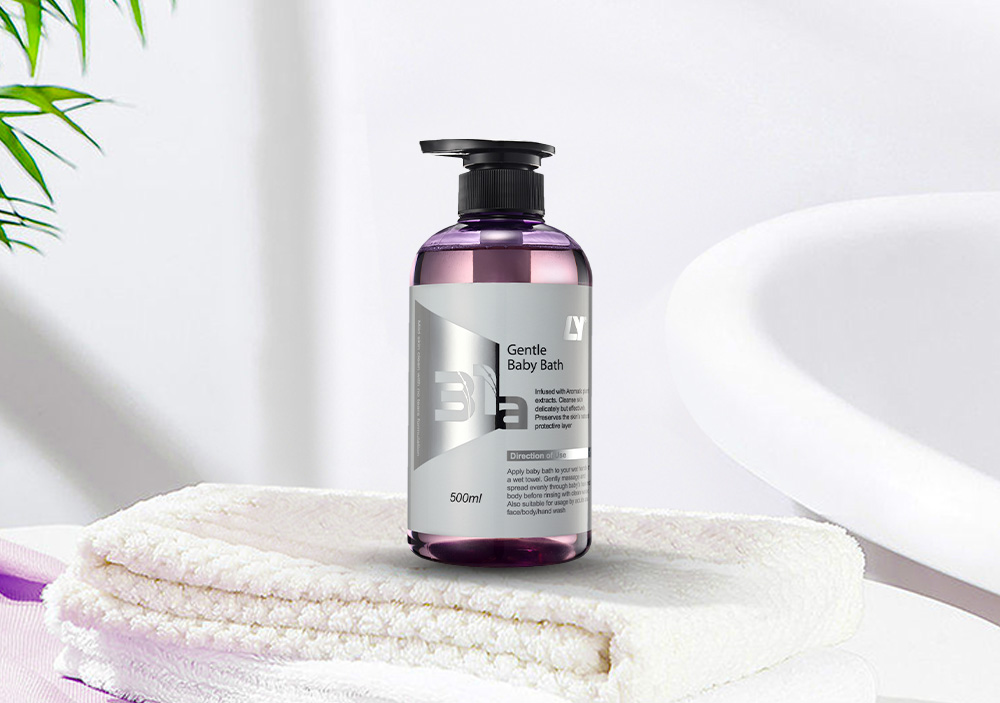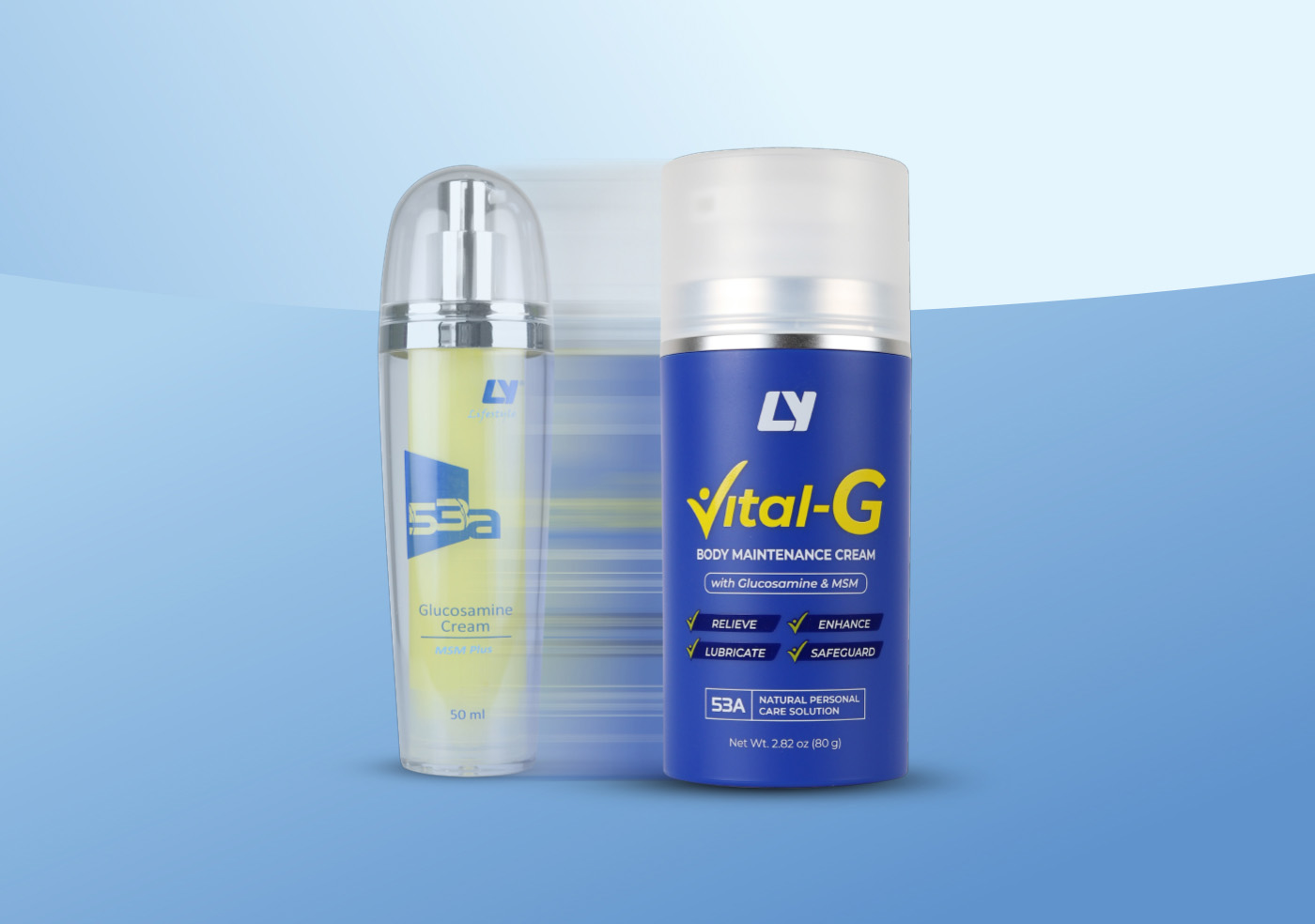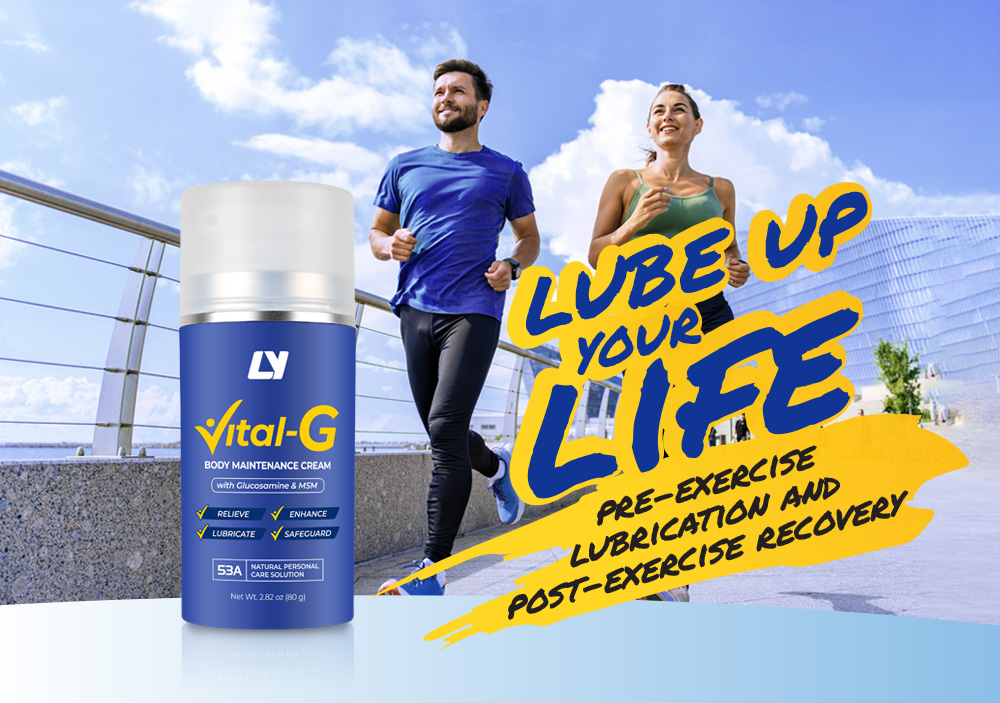Natural vs. Artificial Peppermint Oil: Unveiling the Cooling & Therapeutic Secrets of Mentha Piperita
by LYL Admin
Natural vs. Artificial Peppermint Oil: Unveiling the Cooling & Therapeutic Secrets of Mentha Piperita
When it comes to peppermint’s refreshing cooling effect and versatile therapeutic properties, the distinction between natural Mentha Piperita (peppermint) oil and artificial peppermint is profound. While both are widely used in personal care, medicinal, and culinary applications, their origins, effects, and benefits vary significantly.
Cooling Sensations
Natural peppermint oil derives its cooling properties primarily from menthol, a naturally occurring compound in the Mentha Piperita plant. The cooling sensation of menthol works by activating TRPM8 receptors in the skin and mucous membranes, giving a lasting and authentic feeling of freshness. Studies have shown that natural menthol exhibits stronger, more prolonged cooling effects than synthetic substitutes due to its complex chemical structure and purity (Smith & Johnson, 2020【1】).
Artificial peppermint, on the other hand, is produced using synthetic menthol or flavoring agents. While it may mimic the cooling sensation of natural peppermint, synthetic menthol often lacks the depth and persistence of its natural counterpart. Additionally, the synthetic variants may feel overly sharp or artificial, which can detract from the overall sensory experience.
Source and Composition
Natural Peppermint: Extracted directly from the peppermint plant (Mentha Piperita) using steam distillation. The essential oil contains a complex blend of compounds such as menthol, menthone, isomenthone, and limonene, with menthol being the dominant compound.
Reference: Houghton & Howes (2004)【2】
Artificial Peppermint: Created synthetically, often using chemicals like menthol or menthyl acetate produced through chemical processes, mimicking the natural aroma but without the full spectrum of compounds found in natural peppermint oil.
Aroma
Natural Peppermint: Has a more complex, fresh, and herbaceous aroma due to the variety of volatile compounds. Natural peppermint will often have subtle undertones of grassy, woody, or slightly fruity notes.
Reference: Wysocki & Dalton (2001)【3】
Artificial Peppermint: Tends to have a sharper, more straightforward minty smell, lacking the depth and complexity of natural peppermint.
Therapeutic Effects
Natural peppermint oil is rich in active compounds such as menthol, menthone, and limonene, which contribute to its anti-inflammatory, antimicrobial, and analgesic properties. It has been used to alleviate headaches, muscle pain, and digestive discomfort, with scientific research supporting its efficacy (Johnson et al., 2019【4】).
Reference: Goepfert & Ho (2009)【5】
Conversely, artificial peppermint lacks the full spectrum of bioactive compounds found in natural oil. While synthetic menthol may offer some temporary relief for minor discomforts, it does not provide the holistic therapeutic benefits of natural peppermint oil. This makes artificial peppermint less suitable for medicinal or therapeutic applications.
Chemical Fingerprint
Natural Peppermint: A gas chromatography-mass spectrometry (GC-MS) analysis of natural peppermint oil reveals a wide variety of compounds that contribute to its overall composition, including menthol, menthone, and carvone.】
Reference: Goh & Lim (2013)【6】
Artificial Peppermint: Synthetic peppermint oil usually shows a more uniform composition, typically dominated by menthol, and lacks the complexity of the natural essential oil.
Environmental and Ethical Considerations
Natural Mentha Piperita oil is derived from sustainably farmed peppermint plants, supporting eco-friendly and ethical production practices. However, synthetic peppermint production relies on petrochemical processes, which can have a higher environmental impact.

Conclusion
In conclusion, natural Mentha Piperita oil surpasses artificial peppermint in delivering genuine cooling sensations and therapeutic benefits. It remains the preferred choice for individuals seeking authentic, effective, and sustainable solutions.
At LY, we believe in delivering not just results but also value and responsibility. Mentha Piperita (Peppermint) oil is an integral ingredient in our LY Vital-G Body Maintenance Cream. Despite being secondary to Glucosamine and MSM in relieving and soothing muscles and joints, we have never hesitated to select the better ingredient—both for its functionality and its alignment with our commitment to environmental causes. This reflects our determination to uphold quality and sustainability in every product we create.
References
【1】Smith, A., & Johnson, B. (2020). The Science of Menthol: Natural vs. Synthetic Applications. Journal of Essential Oil Research, 32(4), 567-578.
【2】Houghton, P. J., & Howes, M. J. (2004). The role of menthol in peppermint oils. International Journal of Aromatherapy, 14(1), 15-20.
【3】Wysocki, C. J., & Dalton, P. (2001). The influence of odorant quality and concentration on the perception of peppermint and spearmint odors. Chemical Senses, 26(3), 281-288.
【4】Johnson, B., Lee, T., & Carter, M. (2019). Peppermint Oil and Its Therapeutic Uses: A Comprehensive Review. International Journal of Phytotherapy, 18(2), 45-60.
【5】Goepfert, A., & Ho, R. (2009). Peppermint oil in the treatment of irritable bowel syndrome. American Journal of Gastroenterology, 104(6), 1384-1390.
【6】Goh, P. H., & Lim, C. P. (2013). Essential oil compositions of peppermint (Mentha piperita) in Malaysia. Journal of Essential Oil Research, 25(2), 153-160.
Other Articles

LY 31a Gentle Baby Bath
Discover the secret to radiant, healthy skin with LY 31a Gentle Baby Bath – gentle for babies ...

LY 53A Vital-G Body Maintenance Cream (w...
Unlock the secret to long-term vitality and holistic body wellness. Combining natural ingredients wi...

How LY Vital-G Body Maintenance Cream Su...
The LY Vital-G Body Maintenance Cream, formulated with Glucosamine and MSM, is designed to promote j...

LY 12A RevitaPūr Face Wash
It is imperative to choose a facial wash that suits your skin type and lifestyle. Using the right fa...
